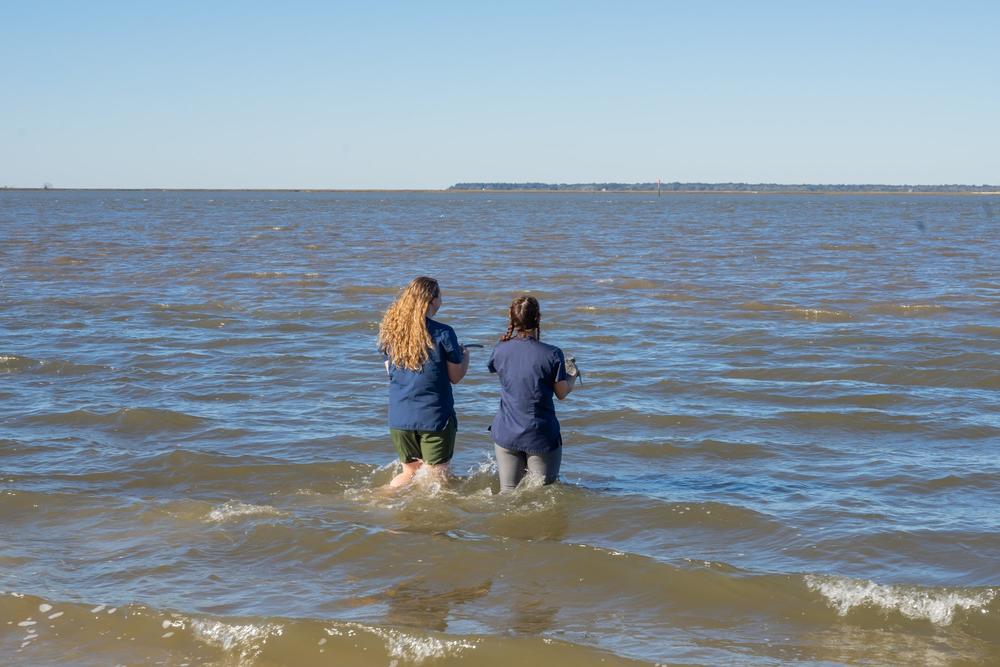
Caption
Staff of the Jekyll Island Sea Turtle Center releases endangered sea turtles in January that were treated by the center after being stranded in the Christmas weekend cold snap of 2022.
Credit: Georgia Sea Turtle Center / Jekyll Island Authority

